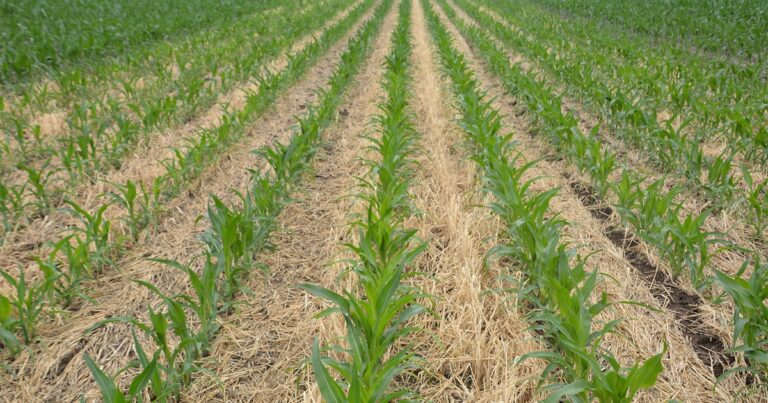Are you sequestering carbon based on recent changes in your farming practices? If so, news from major players in the carbon market deserves your attention.
Both Indigo Ag and Nori recently made the news. Indigo Ag offers a more robust program, which it says is much easier to use. Meanwhile, Nori and Bayer announced a partnership between Nori and the Bayer Carbon Program.
Here’s a closer look at these changes:
Indigo Ag
“There are three key updates to our program that we want farmers to understand,” said Dan Mongeau, vice president of sustainability at Indigo Ag. “The program should be more profitable for farmers in the future as carbon credits trade higher. Secondly, we were able to significantly reduce data entry time. Finally, the program is now available across the U.S. on 18 crops plus alfalfa.”
Prices for carbon credits have increased by as much as $20 to $40 per credit, to as much as $80 per credit, Mongeau says. Through Indigo’s program, 75% of the weighted price of the carbon credit crop goes back to the farmer.
Growers will also benefit as Indigo Ag has adjusted its model to allow for more carbon sequestration credits across a range of practices.
“Initially, we were conservative and cautious in our models of how much credit would accumulate,” said Dean Banks, CEO of Indigo Ag. “Now that our credits have been verified by the appropriate authorities, we are confident that the carbon credits accruing under various practices will increase.”
Couple the potential for increased profitability with an 80% reduction in the time it takes to submit data, and Banks believes the revamped program is a big win for growers. In some cases, growers can now provide all the necessary information within 30 minutes, he notes.
One disadvantage of carbon programs is the perceived inability of someone who already practices multiple agricultural practices to participate.
“We want growers who are already doing these things to talk to us,” Mongeau says. “The concept of additionality still applies: you have to do something new to earn credit. Often, however, they can still qualify, perhaps by adding a new type of cover crop or sowing at a different time. There is also a twelve-month retrospective, where any new practice from the past twelve months is eligible.”
Additionally, growers who already implement conservation practices are prime candidates for Scope 3 opportunities. This concerns payments from other companies that want to participate in regenerative agriculture.
Nori and Bayer Carbon
Founded in 2017, Nori focuses on carbon removal. Its mission is to scale carbon removal with greater transparency, trust and impact. Recently, Nori announced the issuance of more than 125,000 regenerative tons of carbon from the Bayer Carbon Program in the US. This represents an unprecedented expansion of Nori’s carbon removal offering and adds significant value to the entire soil organic carbon industry.
These 125,000 credits are the result of applying regenerative agriculture practices to more than 190,000 hectares, sources say. There are another 240,000 credits in the pipeline.
“Being able to build relationships like this one with Nori is essential to transform farmers’ regenerative agriculture efforts into tangible credits that can add monetary value to these practices and further help keep carbon markets afloat,” says Leo Bastos, senior vice president and head of global ecosystem services at Bayer.


